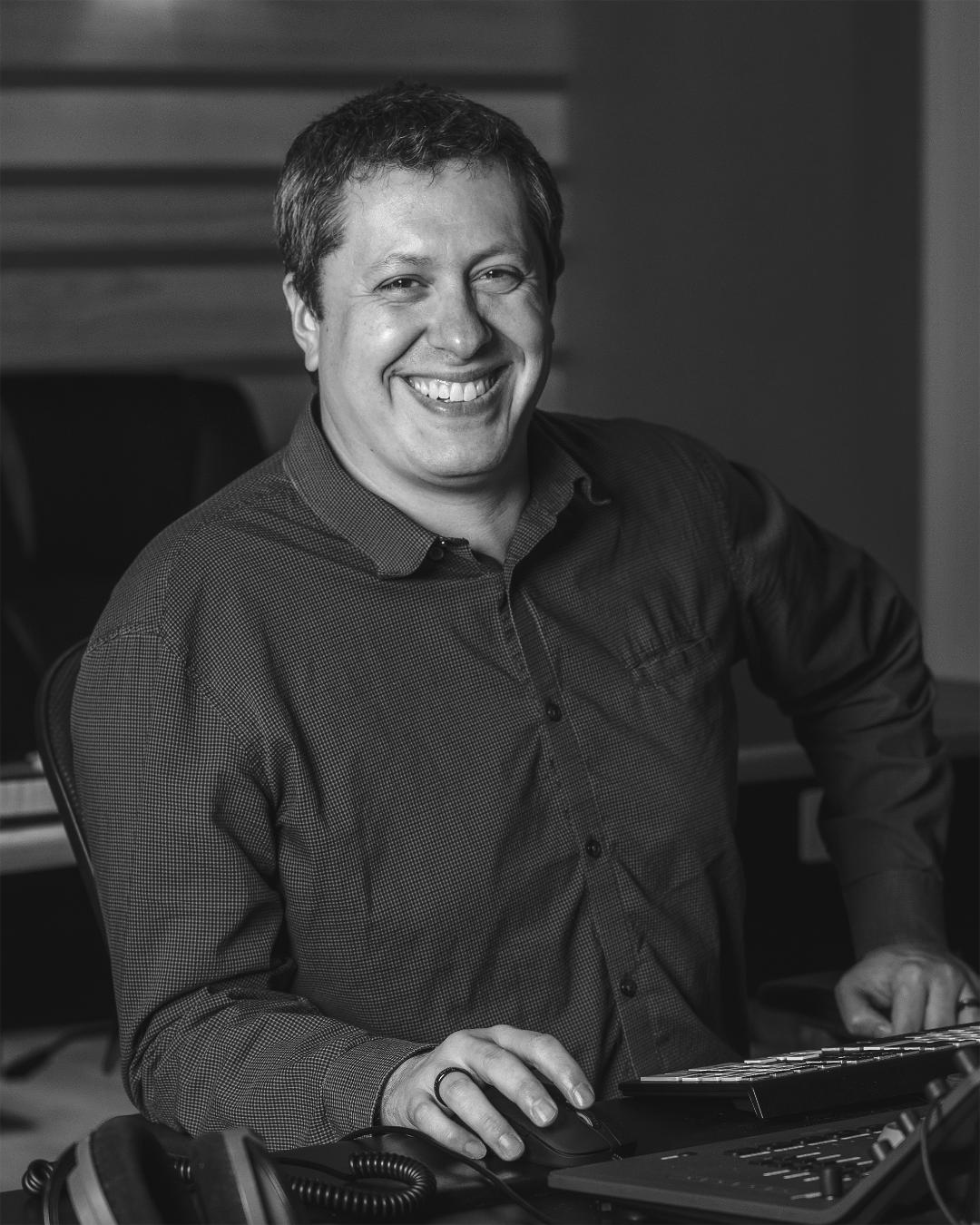Bally Sports Matches Live, Broadcast Audio to New Graphics Package
New sound design features a ‘videogame aesthetic’
Story Highlights
As arena and stadium sound systems have gotten louder, video screens bigger, and sports broadcasts brighter and noisier, the content delivered through those portals has, unsurprisingly, undergone some supercharging. That goes especially for Sinclair Broadcast Group’s rollout of its Bally Sports Network after purchasing 19 former Fox Sports regional networks in an $85 million transaction last year.
Created in concert with Interbrand, Bally’s marketing consultancy group, the all-new Bally Sports logo features the iconic red Bally script atop a red Sports. This new logo architecture also serves as the foundation for the RSN logos, with the global logo positioned above a prominent red banner and the corresponding geographic name overlaid in white.
And to match that new look, an audio counterpart, with a set of new sounds, was commissioned from Dallas Audio Post, the audio-postproduction facility that had done that type of work for the former Fox Sports Southwest RSN.
On the Air
“Can you do it? Obviously, for us, the answer’s yes, for sure. And then the elements started coming in,” recalls Rene Coronado, lead sound designer and partner, Dallas Audio Post, which has done the sound design for the NHL’s Dallas Stars and the NBA’s Dallas Mavericks, who share American Airlines Center and whose games are carried on the network. “Initially, we got a package of six or eight elements of just transitions and wipes. I did a first pass on all of them in multiple styles just to get a sense of where [Sinclair] wanted to go.”
Explaining his process, he notes that the broadcast-audio elements had to match the video-graphics package already developed — for the game ins and outs, lower thirds of score wipes, and so on — and reflect the network’s regional nature. It also had to pass muster with the larger network, based in Los Angeles.

Dallas Audio Post’s Rene Coronado produced the audio counterpart to Bally Sports Network’s new graphics.
“I did some that were very organic, some that were kind of digital, some that were very dense, and others that were more sparse and kind of punchy,” Coronado says. “I initially delivered a handful of transitions, with the expectation that we would explore styles and textures until everyone agreed on the direction we wanted for the entire package and, ultimately, for the brand. The first pass included options that were very organic in nature, some that were completely synthesized, some very dense and busy, and others that were simple and cleaner. After a few rounds of experimentation and feedback, a direction was agreed on, and we were off to the races.
“The primary feel,” he continues, “ended up being a modern videogame aesthetic, with both complex interlocking movements to match the visuals and heads-up–display–style UI to reference first-person shooters and space games.”
Over the next several weeks, dozens of elements were created and delivered, each going through approval both locally in Dallas and at the corporate level. All the elements were designed in 5.1 surround and then mixed down to stereo at broadcast-spec levels. Ultimately, the transition sounds offer sharp, anticipatory suspense, giving Mavericks and Stars games an almost videogame intensity.
“Every element is visually very complex, so there’s a lot of movement and a lot of density to the sounds,” explains Coronado, who did the work on a pair of Avid S1 consoles, recorded and mixed to Pro Tools, and monitored through a Genelec 5.1 array. “A lot of the feedback I was getting was that they wanted it to feel very modern and be almost inspired by videogames, Call of Duty, that type of thing. So I went there. It’s a lot of metallic, kinetic stuff mixed in with modern videogame-type user-interface sounds that you would naturally hear when you’re selecting weapons during Call of Duty. That kind of vibe is sprinkled throughout. But it still has to work in the context of a dense hockey game or basketball game with other stuff going on.”
In the Arena
Onsite at the American Airlines Center, Coronado has an interesting sonic canvas to work on: a multichannel PA system that came about when the venue updated its sound system in 2011 but left existing speaker elements in place, creating a 12-channel system within an array of 60 speakers around the floor that can approach 120 dB. Through that, Coronado is delivering 14 discrete tracks of audio premixed through his studio matrix to move throughout the installed sound system.
“There’s always a big production there, such as the big video that plays before the teams hit the ice or run onto the court,” he says. “When the Stars are in the playoffs, it’s like 20 minutes of continuous video. It’s a massive production, and I’m delivering 14 discrete channels of audio, plus a time-code channel, for that. It can also be synched up with the 360-degree ribbon board around the arena.”
Coronado delivers the in-venue sound design on .wav files, including the final mix with individual sounds assigned to specific channels/speakers throughout the arena, including panning from speaker to speaker. He routinely travels between studio and venue to listen to the mixes, adjusting them to the arena’s sonic characteristics.
“I have a good sense of what translates, what rattles in the room, what the reverb in the room is doing,” he notes. “I’ve learned over time the arena will react well to mixes that are very dry and very punchy. And I’m delivering mixes that allow [the mixers] to leave the [live-sound] console faders at zero and just let the mix I did play out on its own.”
The Bally rebrand needed to have its video and audio elements as fresh and as striking as possible, Coronado says, noting that that has been the operational philosophy on the live side in Dallas for some time.
“The American Airlines Center is very forward-looking and very technically complex. They’ve pushed their audio setup pretty dramatically,” he says. “That has been part of the Stars’ DNA for a long time. I think some of it is because [Dallas was] a nontraditional hockey market, and, when the Stars first moved here, they felt the need to really put on a show. I know [Mavericks owner] Mark Cuban very much feels that, regardless of how the game is going, he wants the fans to see a show. Both teams have invested heavily in the production infrastructure that’s available to us at the American Airlines Center.”
Coronado appreciates the emphasis that Bally and the Dallas teams have put on the audio elements of their brands. “I’m grateful for their willingness to put sound and sound design front and forward and to lean on it as part of their productions. I’ve had it said to me repeatedly how important sound is to what’s going on there. To have them weight sound as heavily as they do in these situations is very gratifying.”

